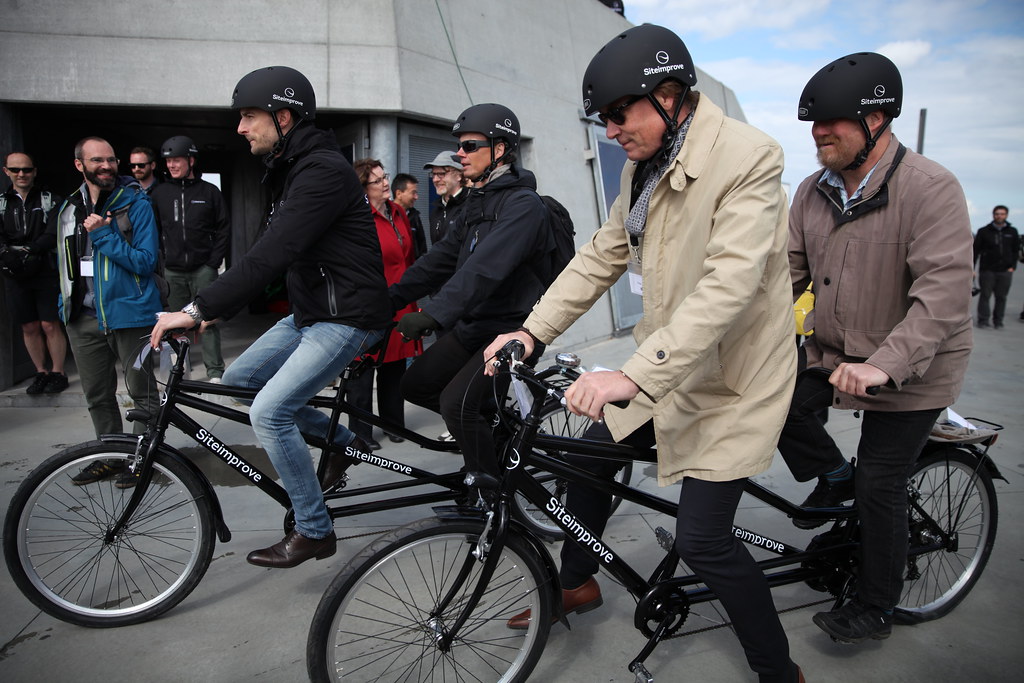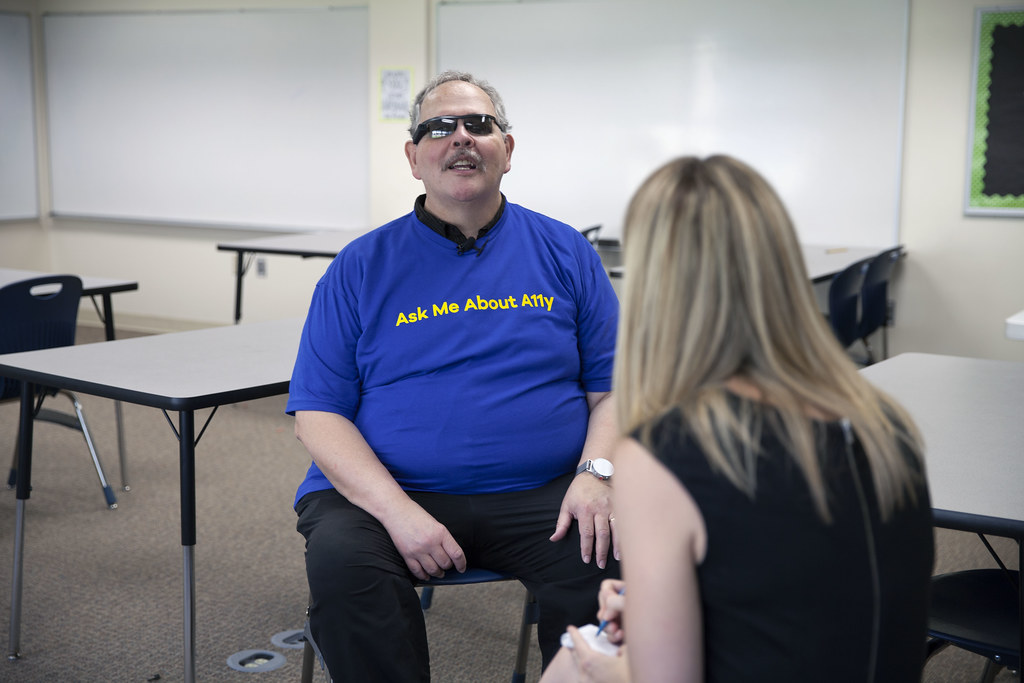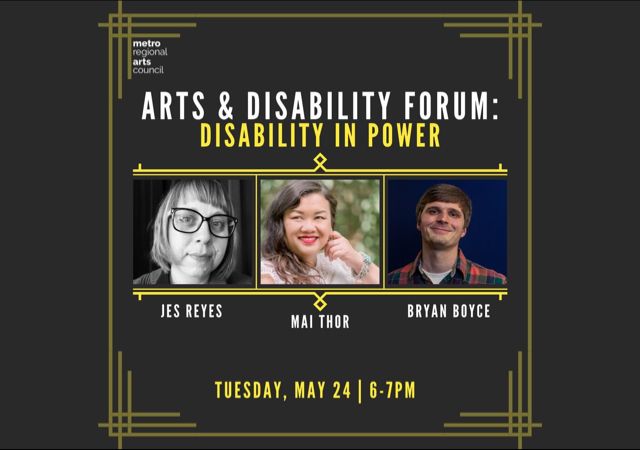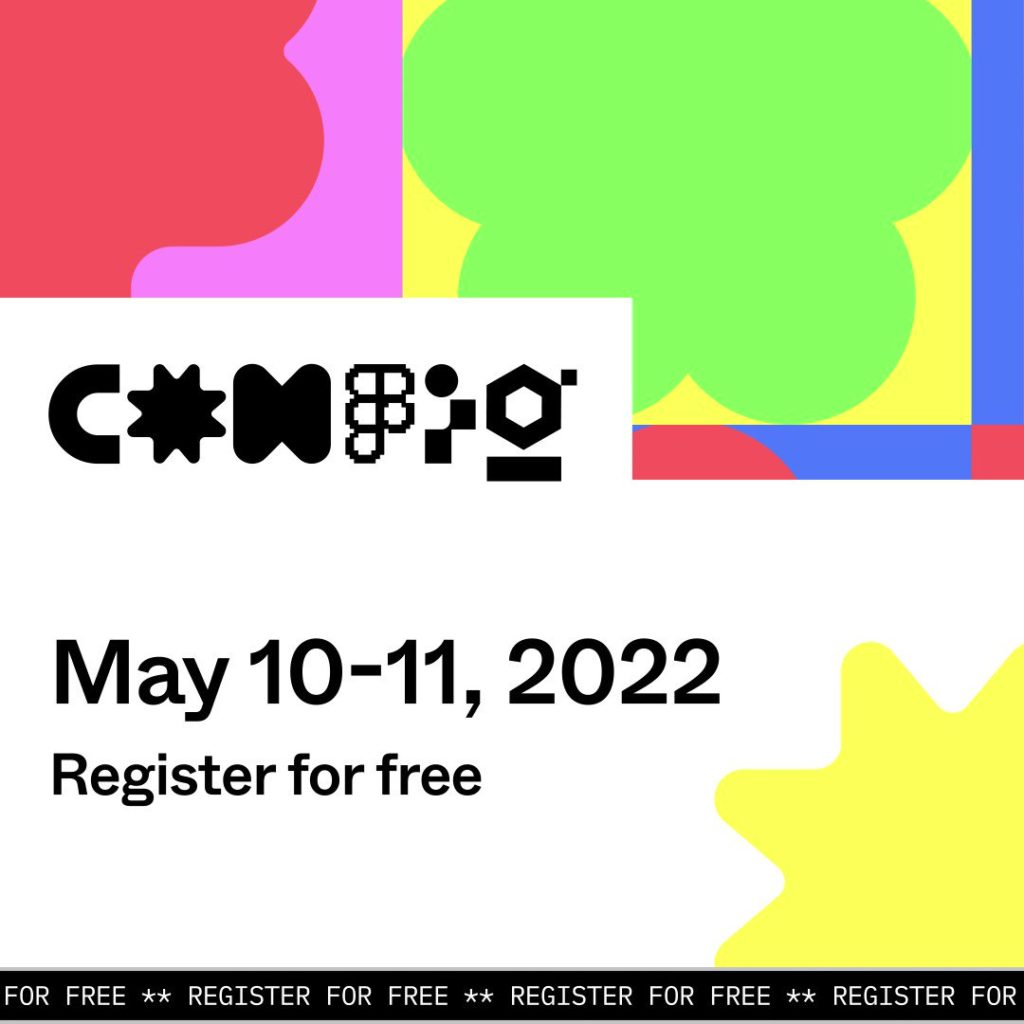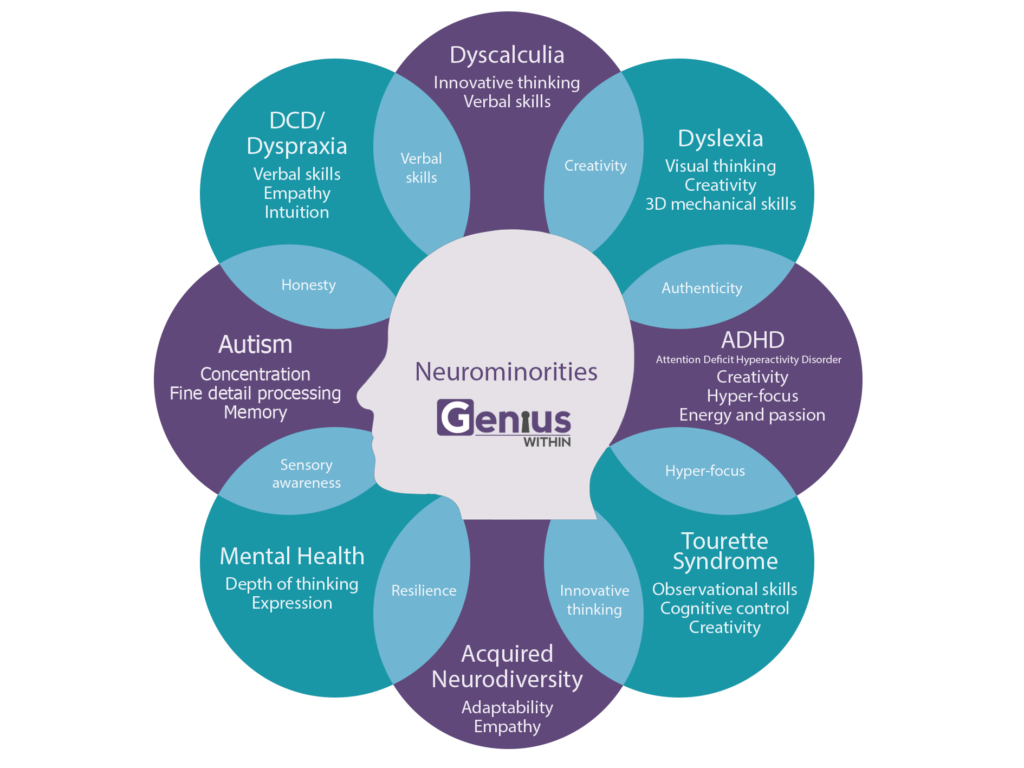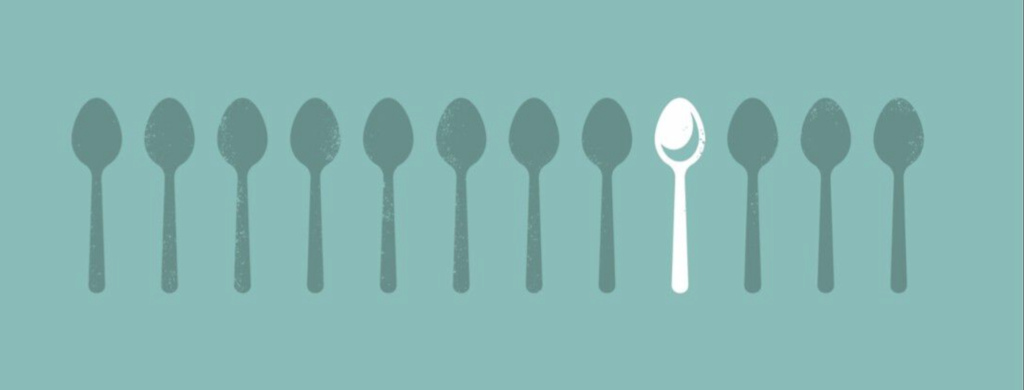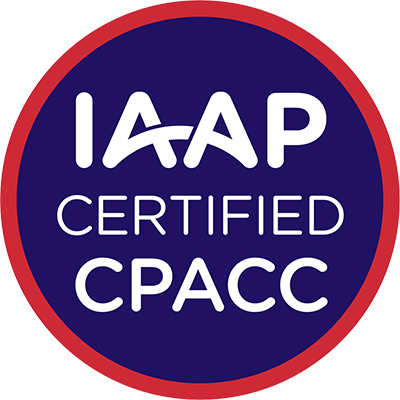Today is Global Accessibility Awareness Day. I first took part in 2015, at an incredible event in Copenhagen. Siteimprove collaborated with the Danish Association of the Blind (DAB) to arrange Denmark’s largest tandem bike ride. The company purchased 100 tandem bikes. There were over 350 people in attendance. During the event, Siteimprove employees, members of the Danish community, and blind or partially sighted members of DAB rode for 3.5 kilometers through Amager Strandpark. Afterward, the bikes were donated to DAB. Former colleagues still see the bikes around Copenhagen occasionally. That was a wonderful example of physical accessibility. Since then, my work has centered around digital accessibility and each year I have celebrated GAAD in some way. For GAAD 2022, I have a different employer. At iCIMS, we are hosting our 6th annual GAAD event for employees. We are celebrating the power of accessibility with the delightful Sam Evans of the International Association of Accessibility Professionals (IAAP) as our keynote speaker. I’ve created a “scavenger hunt” for my new colleagues — multiple-choice questions based on the accessibility topics in the materials we are presenting. In-person and online events are happening around the world today. It has been great seeing the movement and practice grow but there is still so much work to do.
- The origin story of GAAD! Joe Devon’s original 2011 blog post inspired Jennison Asuncion to join forces with Joe to get GAAD started.
- Deque has put out a call for a #CleanUpTheWeb Challenge for GAAD 2022. “Let’s catch some accessibility bugs and reduce the number of barriers across the web together.”
- My pal Louise Clark pulled together this great piece: Considering accessibility for people with cognitive disabilities and differences
